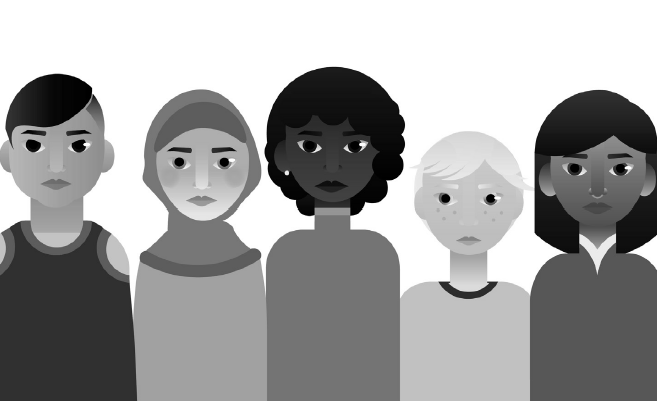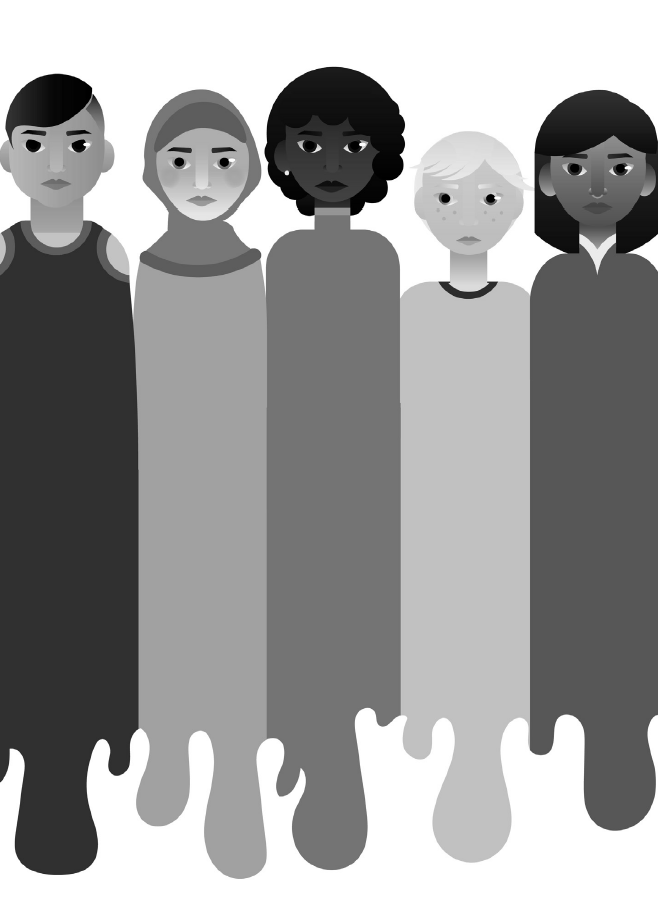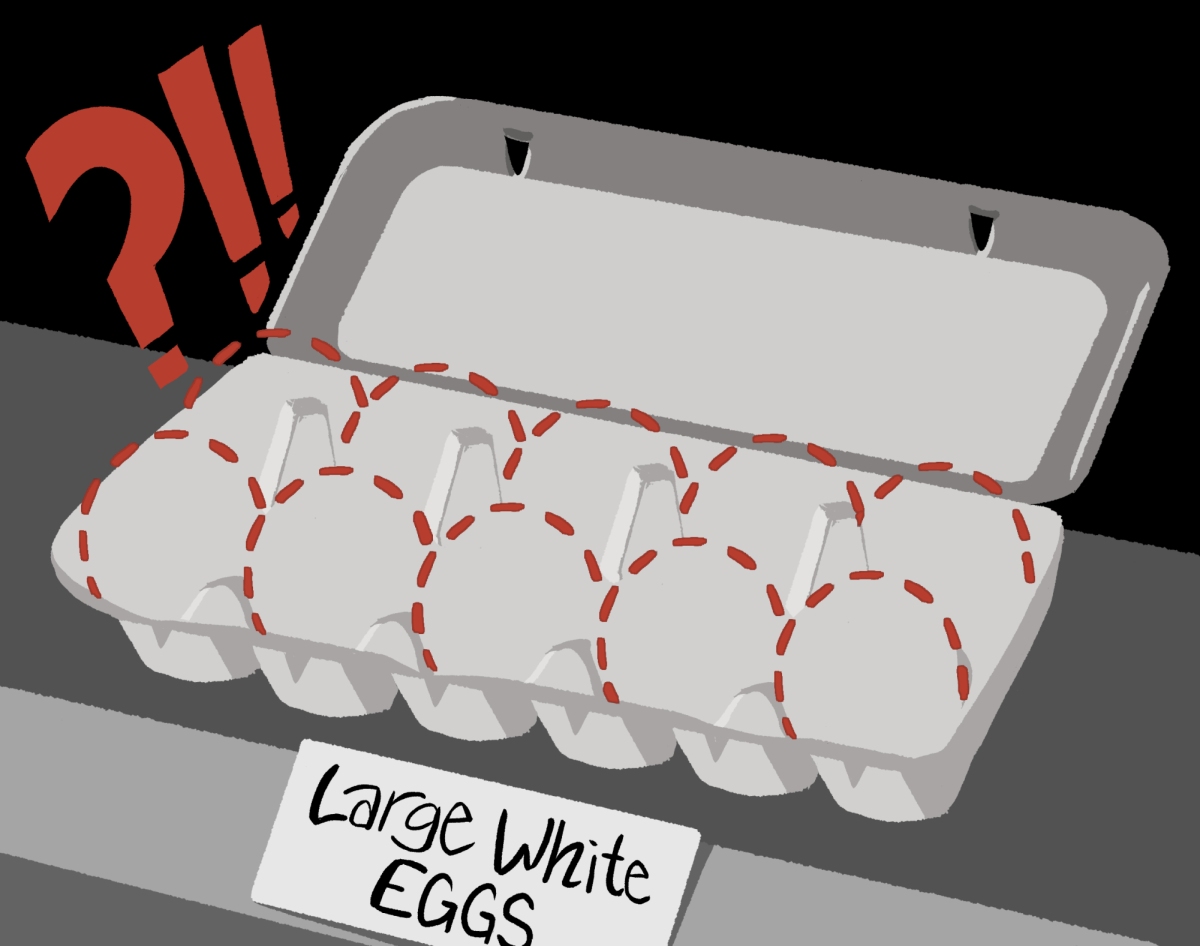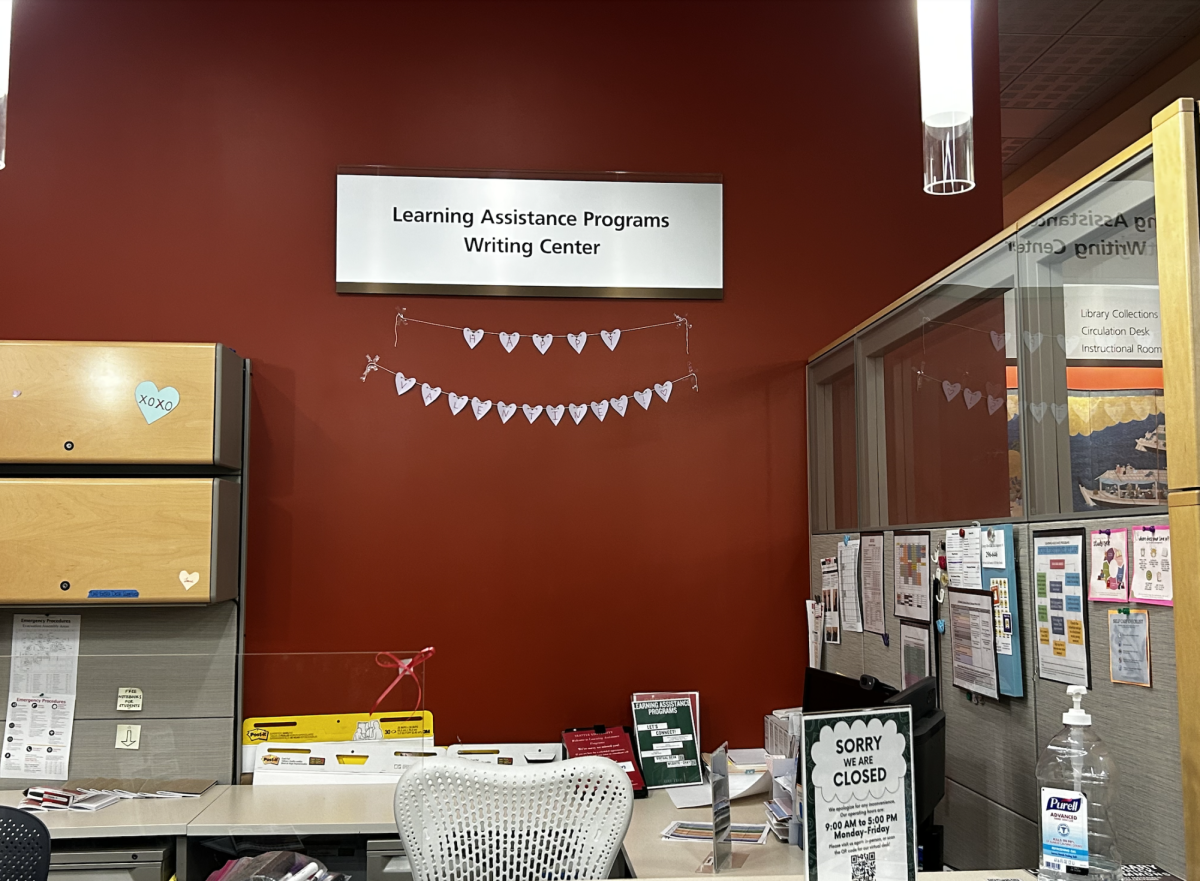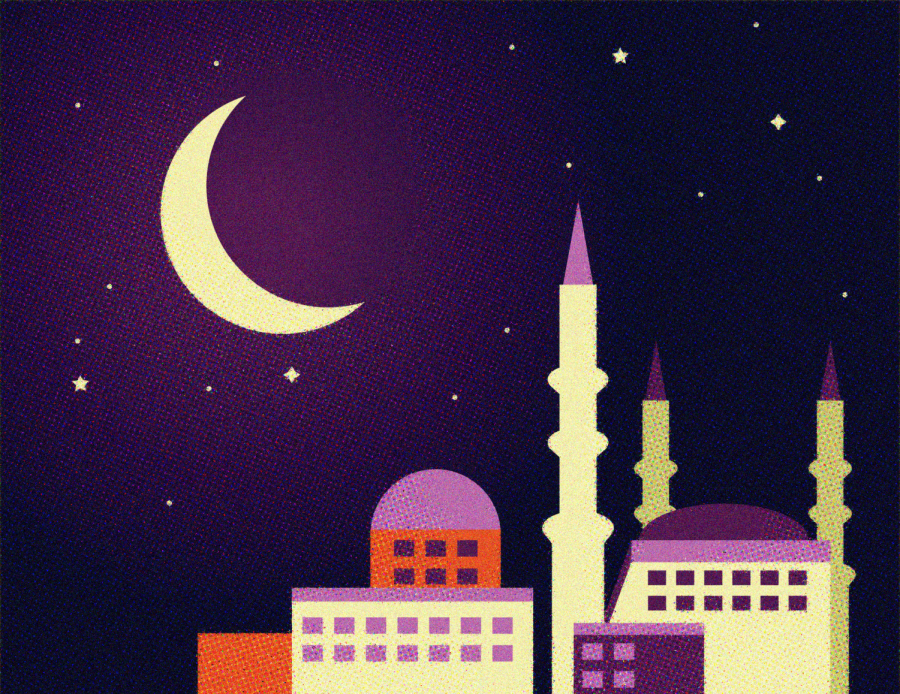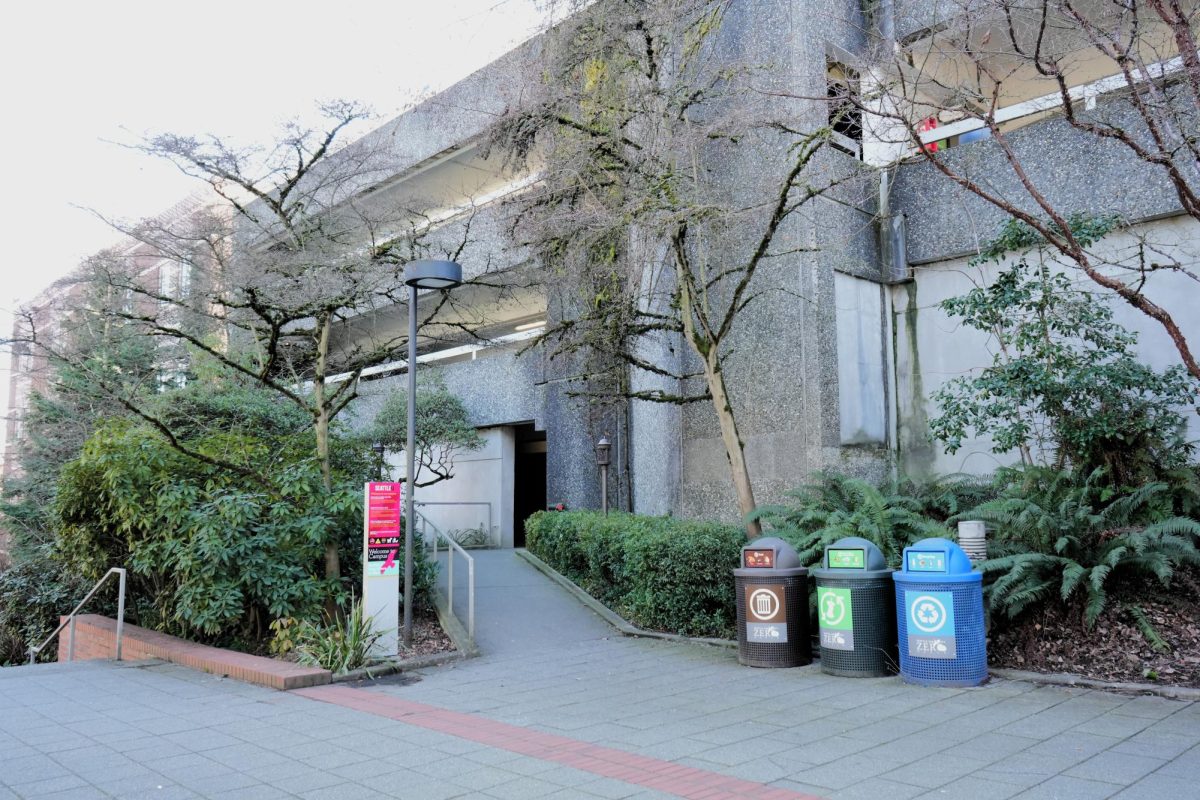For members, cultural clubs at Seattle University are an integral part of their lives away from home. These clubs can foster a sense of community and connection to one’s ancestry, while simultaneously instilling respect for cultures that are often overlooked in American society.
However, much to the chagrin of club leaders, few students seem to be taking advantage of the opportunity presented to them.
With attendance and enthusiasm lacking in quite a few cultural clubs, everything from the community aspect of the club to the events that they hold, can be negatively affected.
Camille Bien, a fourth-year nursing student and treasurer of the Japanese Student Association, said as much when discussing the issue of attendance.
“The lack of people makes it hard to get things done,” Bien said.
Despite the efforts of these clubs to provide community for students of similar backgrounds, some clubs must rely on a small network of students to achieve that goal. The lack of awareness about these clubs could be to blame for attendance issues, but fortunately, there is precedent for what cultural clubs can ideally become.
The Hui ‘O Nani Hawai’i Club has a significant presence on campus, and according to President Ryan Moriwake, they have been successful in achieving a sense of community that other clubs aspire to.
He considers the club to be a “home away from home” for many students, but also acknowledges that there are intrinsic differences between his club and others on campus. Pre-existing friend groups and a strong connection to Hawai’ian culture strengthen his club tremendously. Other clubs have been less fortunate when it comes to widespread enthusiasm regarding the cultures that they represent.
Clubs like the African Student Association (ASA) and the Indigenous Student Association (ISA) have only brought in between one and two new members this year, and despite a significant number of incoming students that identify as having African or indigenous ancestry, both clubs have struggled to expand.
Without the following of larger cultural clubs like the Hui ‘O Nani Hawai’i Club, smaller organizations are beginning to rely on each other more often. Clubs like the ISA, with only seven members signed up, have taken part in mingles with other clubs in an attempt to increase their membership. This alliance of sorts is made in the hope that if their name is seen at larger events, their attendance may increase. However, it is not only the small cultural clubs that are having trouble getting people to participate.
Both the President of the South Asian Student Association (SASA) Ranjani Sundaresan and the SASA’s student advisor Arunima Roy notice difficulty in meeting attendance at lesser-known events, although membership consists of 38 general members.
The weather and seasons can also have a tremendous effect on attendance. The SASA’s main event in the spring, Holi, drew about 135 people last year, while at a Dandiya event during the winter, only about 40 people attended. The trend seems to show an initial rush of signups centered around the Involvement Fair and early-year energy, followed by a decline in attendance as schedules get busier and the weather cools down, before recuperating in the warm months of the spring quarter.
Moriwake believes that trends can be important to analyze when preparing for an event. He said that he is aware—for the most part—of which events will be more popular than others, but he is never entirely sure when preparing for how many people to accommodate.
“You can make a ballpark estimate,” Moriwake said. Sometimes you have to go with your gut.”
Public affairs major and president of the African Student Association (ASA), Latio Cosmos, said that the ASA has had a more nuanced experience when it comes to meetings and events. When he joined the ASA last year, recent graduates were still attending events and meetings. The club has lost the presence of alumni so far this year, but he hopes that former ASA members, as well as new students, can help to build a community between people with roots from all over the continent of Africa.
Most of the club leaders agreed that they could be doing more to promote their clubs, whether it be through events with other clubs, a presence on social media, or simple word of mouth. They also placed some responsibility on the university, however.
“It is our job to present ourselves, and the university’s job to support us in that endeavor,” Cosmos said.
With cultural clubs working towards a common goal and with continued support from the university, these clubs may be able to universally serve their purpose, promoting community and awareness of the many cultures represented at Seattle U.
The editor may be reached at
news@su-spectator.com


